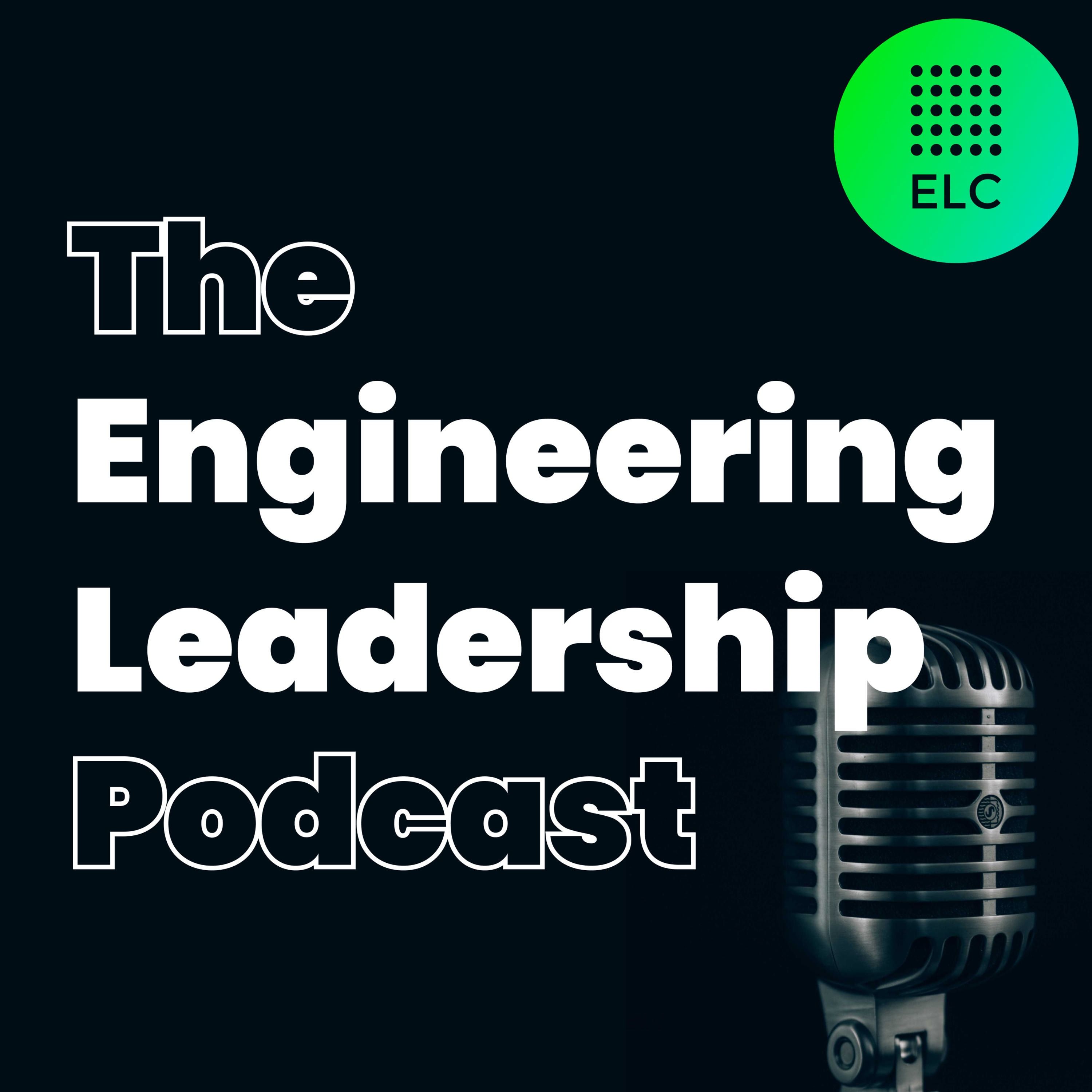
Building a startup-within-a-startup w/ Heidi Williams #108

The Engineering Leadership Podcast
Shownotes Transcript
In this episode, we discuss frameworks & strategies for building a “startup-within-a-startup” with Heidi Williams, Head of Engineering for Grammarly Business @ Grammarly! She shares stories about her leadership style while revealing the benefits of & considerations for creating a startup-within-a-startup, sourcing ideas & hosting knowledge-sharing meetings, identifying adjacencies in your user base, communicating challenges between individuals & teams, developing leading indicators, and more.
ABOUT HEIDI WILLIAMS)
Heidi Williams (@Heidivt73)) is Head of Engineering for Grammarly Business, our product offering for professional teams and organizations.
At Grammarly, Heidi is inspired by the potential impact the product can have as a platform, with the opportunity to help reduce conflicts and misunderstandings in communication and educate people on how to be more inclusive and equitable.
Before coming to Grammarly, Heidi served as VP of Platform Engineering at Box, founded WEST Diversity and Inclusion, and was co-founder and CTO of tEQuitable, a confidential platform addressing issues of bias, discrimination, and harassment in the workplace. Heidi was at Adobe for 17 years and most notably was a founding engineer on Dreamweaver, which democratized web development in the late 1990s.
Heidi volunteers as a technical advisor for PaymentWorks and Raise For Good. Her expertise and perspective have been featured in Built In SF and the podcasts Stayin’ alive in Technology, Dev Interrupted, and CTO Connection.
As a lifelong soccer player, Heidi’s often on the pitch; she’s also an avid hiker, bicyclist, and kayaker. She once hiked with her husband across England, 192 miles coast to coast (with B&Bs and pub stops along the way).
Heidi studied at Brown University, where she earned a BS in computer science. She also attended Stanford University’s Executive Institute.
And so now you have this chasm where we'd have these weird conversations around what machine learning features should we build for Grammarly business? And neither side could understand what the other person's context was to come up with an idea.
We struggled with that for a little bit until we really just put people in a room and, and it did exactly that. We said, "Here is the user research, five critical communication challenges within a company. You know what technology you have. You know how organizations work. Get together and just talk about, you know, your peanut butter, your chocolate. What can we make here? Let's have a Reese Peanut butter cup...!"
-Heidi Williams
Interested in joining an ELC Peer Group?)
ELCs Peer Groups) provide a virtual, curated, and ongoing peer learning opportunity to help you navigate the unknown, uncover solutions and accelerate your learning with a small group of trusted peers.
Apply to join a peer group HERE: sfelc.com/peerGroups)
SHOW NOTES:
- Heidi’s favorite “startup-within-a-startup” moments with Grammarly & Grammarly Business (1:56)
- What you can learn from the “PDF as MVP” approach (4:36)
- How early conversations impacted the final product & eng team functions (5:40)
- The benefits of building a startup-within-a-startup (9:21)
- Considerations when making the decision to become a multi-product company (11:19)
- Identifying the adjacencies within your current user base (13:24)
- The difference between discovering a new market & building the next feature (14:32)
- How to source new ideas & encourage innovation in your eng team (15:31)
- Frameworks for communicating challenges across different teams / individuals (21:02)
- Strategies for facilitating knowledge-sharing meetings (24:55)
- Fostering a culture of healthy, positive idea jams (26:50)
- Heidi’s advice on the cadence of idea jams for a startup-within-a-startup (28:15)
- What the execution / maturity pathway process looks like (29:49)
- Heidi’s hypothesis behind merging a product with the greater business (33:04)
- How to navigate dependencies when your product is in the incubator phase (35:51)
- Keys for determining the end game of a product – pathway to success or time to wind down? (40:09)
- Why it’s important to develop leading indicators to determine your product’s success (42:16)
- Rapid fire questions (43:40)
LINKS AND RESOURCES
- 99% Invisible) - 99% Invisible is a sound-rich, narrative podcast hosted by Roman Mars about all the thought that goes into the things we don’t think about — the unnoticed architecture and design that shape our world.
- Code Switch) - This podcast tackles the subject of race with empathy and humor. They explore how race affects every part of society — from politics and pop culture to history, food and everything in between.
- Freakonomics Radio) - Discover the hidden side of everything with host Stephen J. Dubner , co-author of the Freakonomics books. Each week, Freakonomics Radio tells you things you always thought you knew (but didn’t) and things you never thought you wanted to know (but do) — from the economics of sleep to how to become great at just about anything, plus the true stories of minimum wage, rent control, and the gender pay gap.
- Hidden Brain) - This podcast explores the unconscious patterns that drive human behavior and questions that lie at the heart of our complex and changing world.